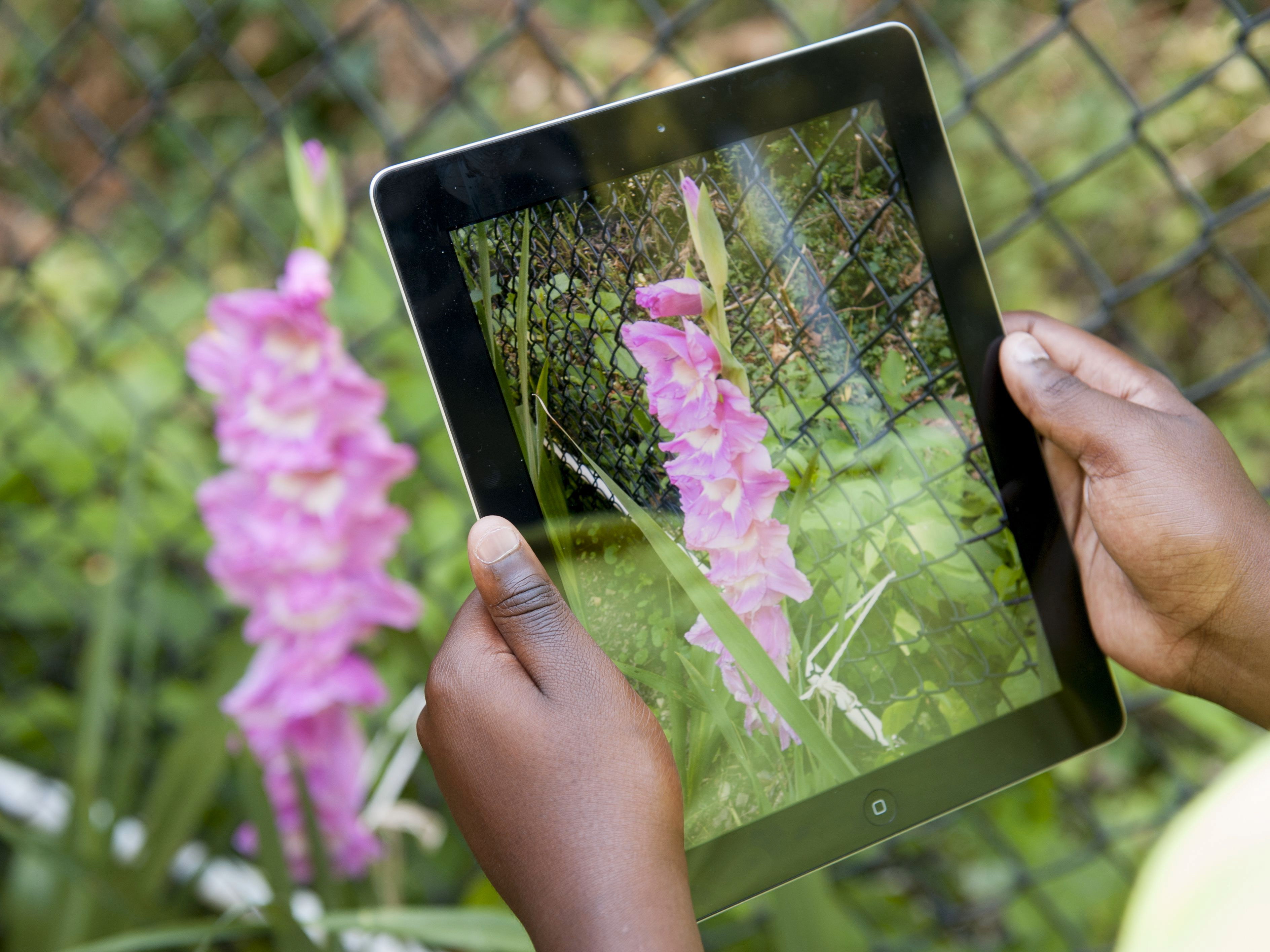
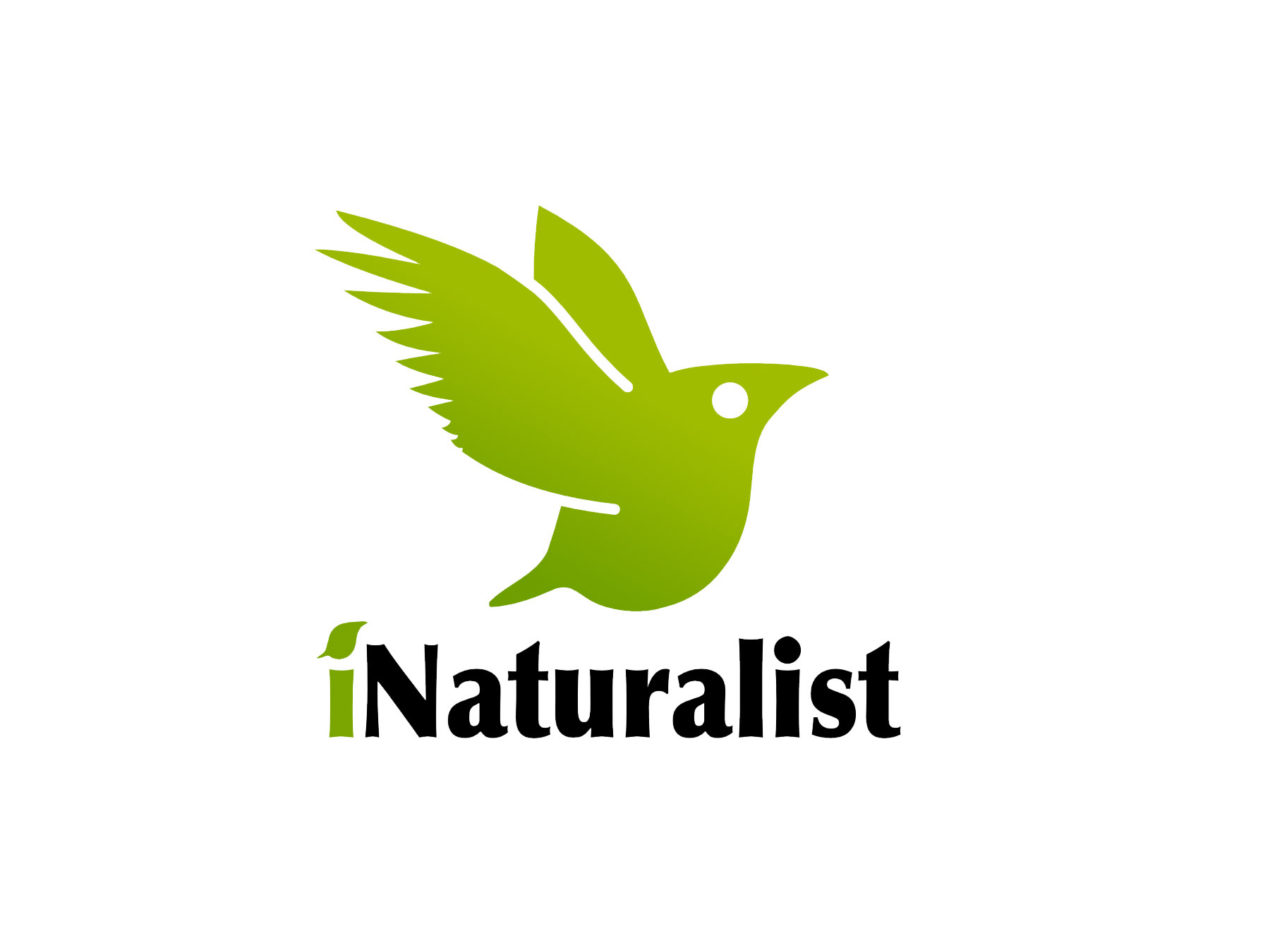
iNaturalist App
Use iNaturalist on a smart phone or tablet to record and share nature findings in northern Manhattan.
The iNaturalist App helps us identify the plants and animals around us and connect with a community of over 750,000 scientists and naturalists who can help us understand more about nature. iNaturalist provides a place to record and organize nature findings, meet other nature enthusiasts, and learn about the natural world. Conservancy North encourages nature walk participants to download the iNaturalist app and contribute to the study of biodiversity in Inwood Hill Park and other blue-green areas of northern Manhattan.
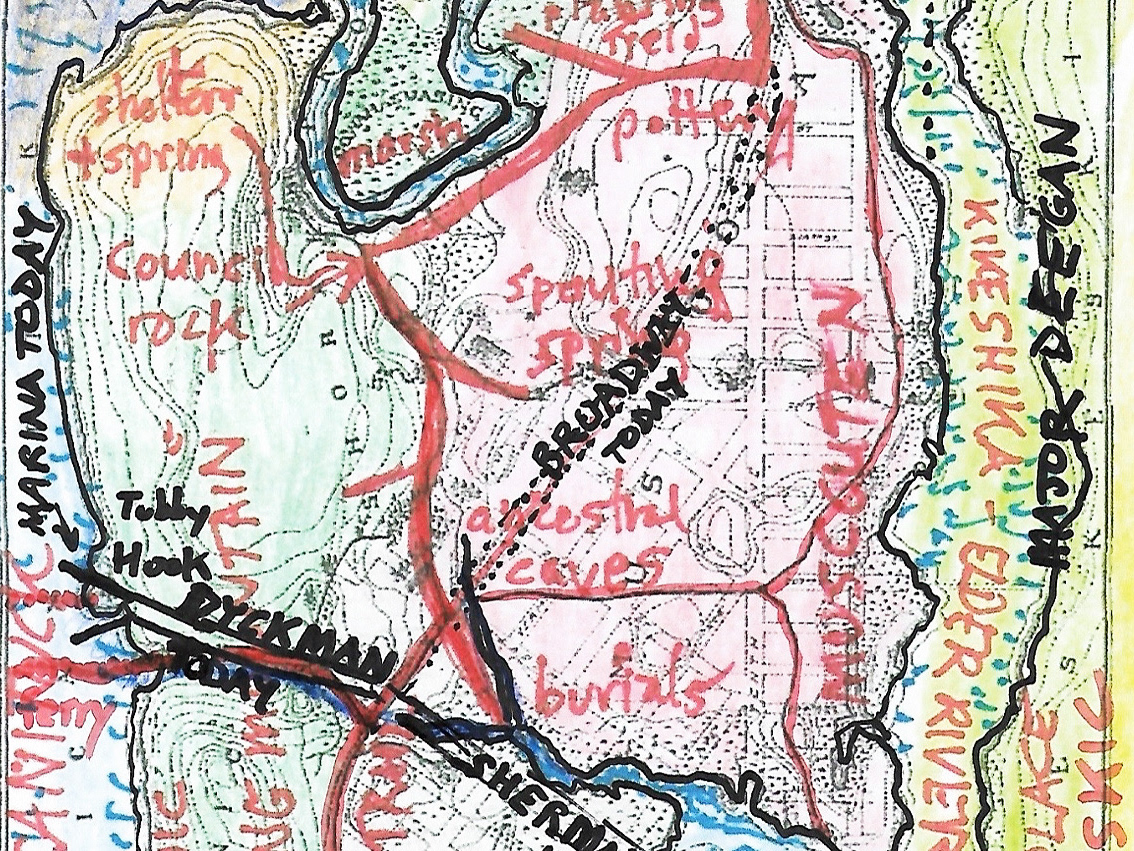
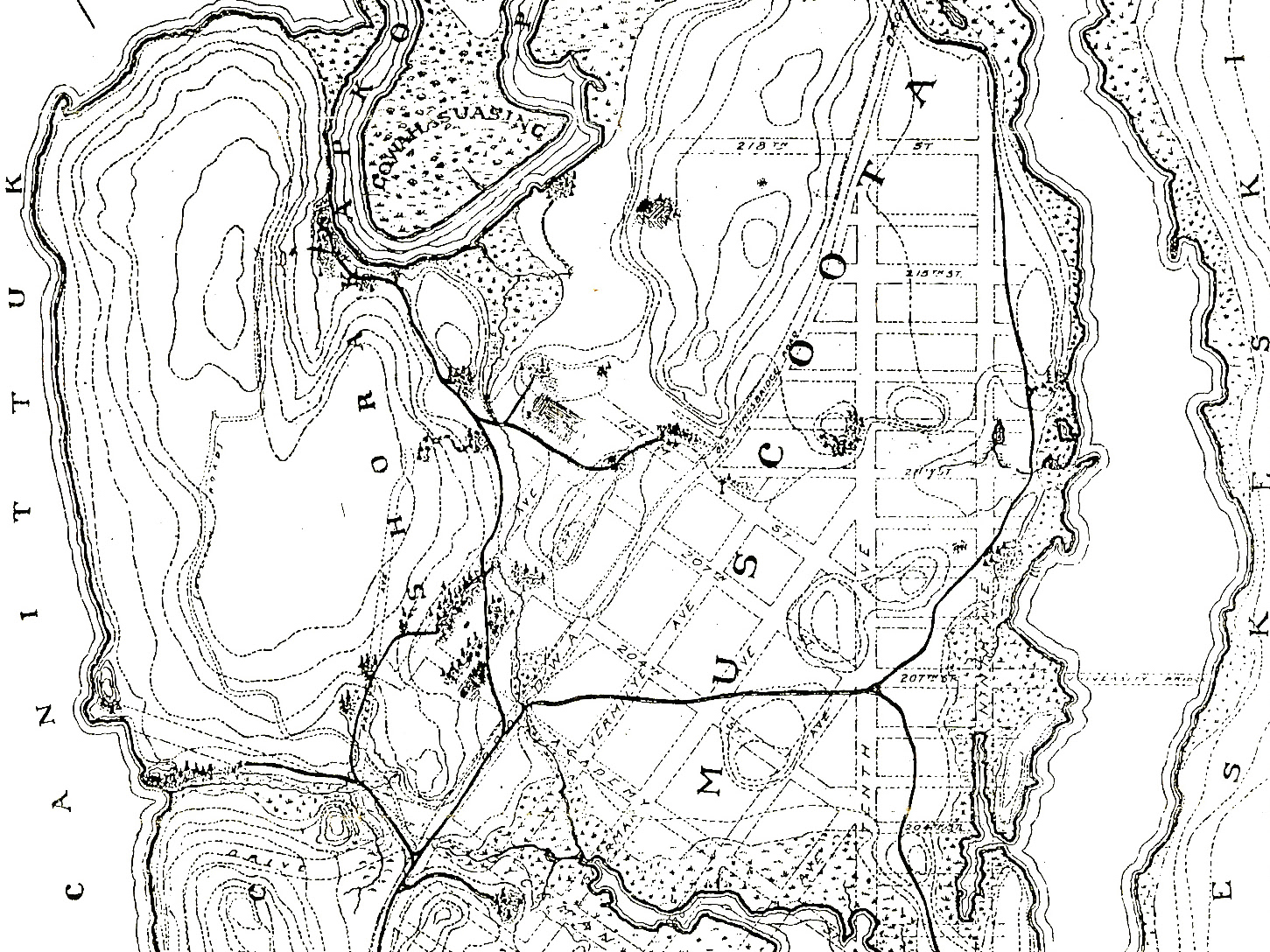
Council Rock, Inwood Hill Park
Guest speaker Evan Pritchard leads a nature walk this Spring. Due to COVID we have to reschedule the walk for later this year.
The spirit of the Algonquin Landkeepers is still strong on Manhattan Island; we can find inspiration in them as to how to make positive environmental changes and get ourselves off the dead-end road we’re speeding down and onto the Red Road again, which, as the Hopi say, leads to a world where children will be safe to grow up. Due to the COVID virus we have to reschedule the walk for later this year. Please say tuned.
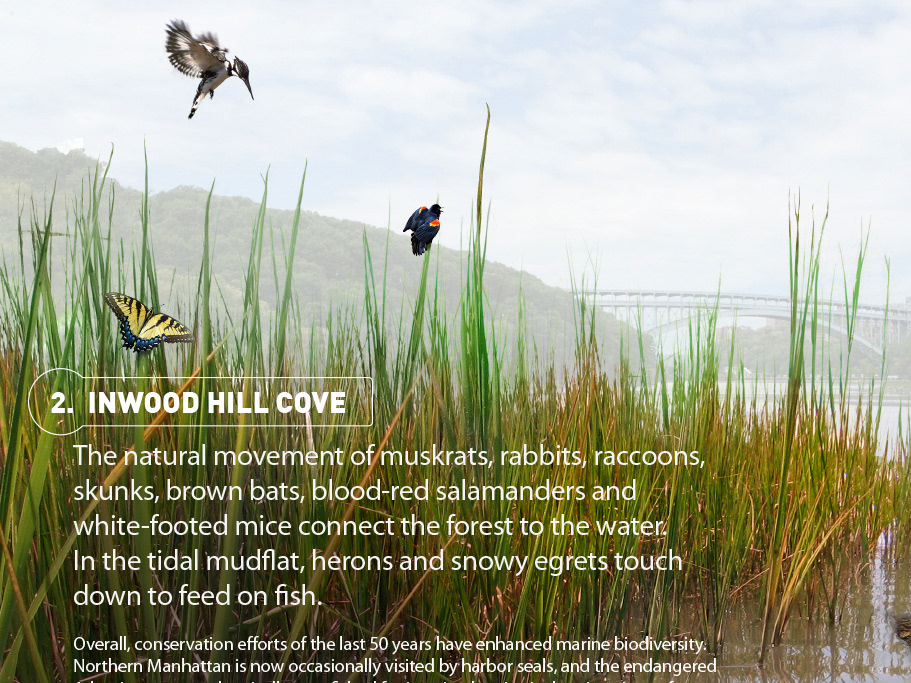
Life Signs
A visual walking tour of the biodiversity of northern Manhattan
Life Signs traces a walking tour of the extraordinary natural areas of northern Manhattan, featuring the work of local stewards and their insights on policy and activism.
Awareness Campaign, incl., wayfaring guide, photo exhibit
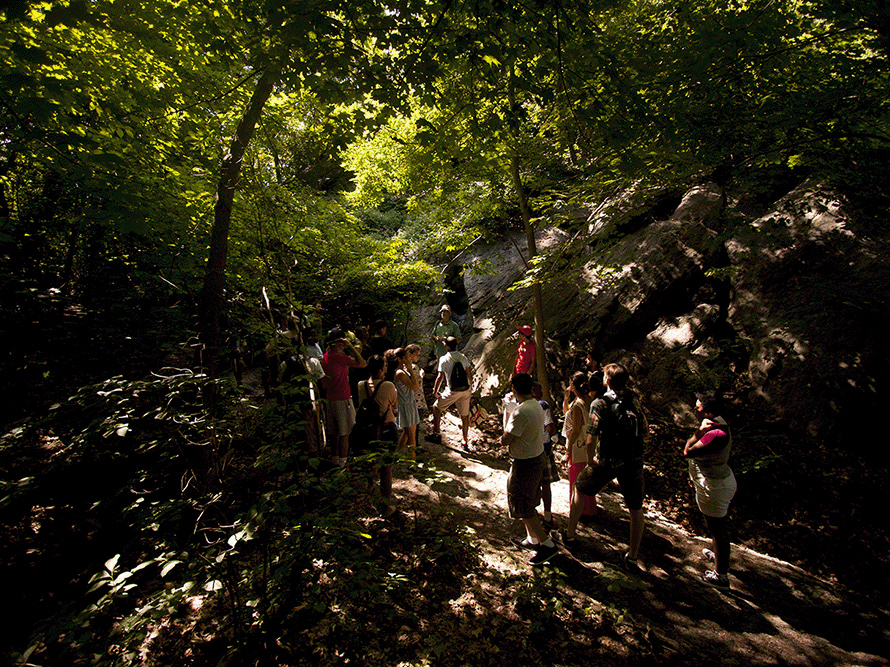
Four Coves Biodiversity Project
Guided nature walks to observe and monitor the plant and animal life of Inwood Hill Cove, Muscota Marsh, North Cove, and Sherman Creek.
Conservancy North hosts periodic nature walks in Northern Manhattan as part of the The Four Coves Biodiversity Project (FCBP). This multi-year community science effort strives to identify, catalogue, and monitor the diverse animal and plant species found in the Muscota Marsh, Inwood Hill Cove, North Cove, and Sherman Creek areas. The project values urban green spaces as both places of recreation for humans and vital refuges for a diverse range of plant and animal species.
Visit us on Facebook to get announcements for our next walk
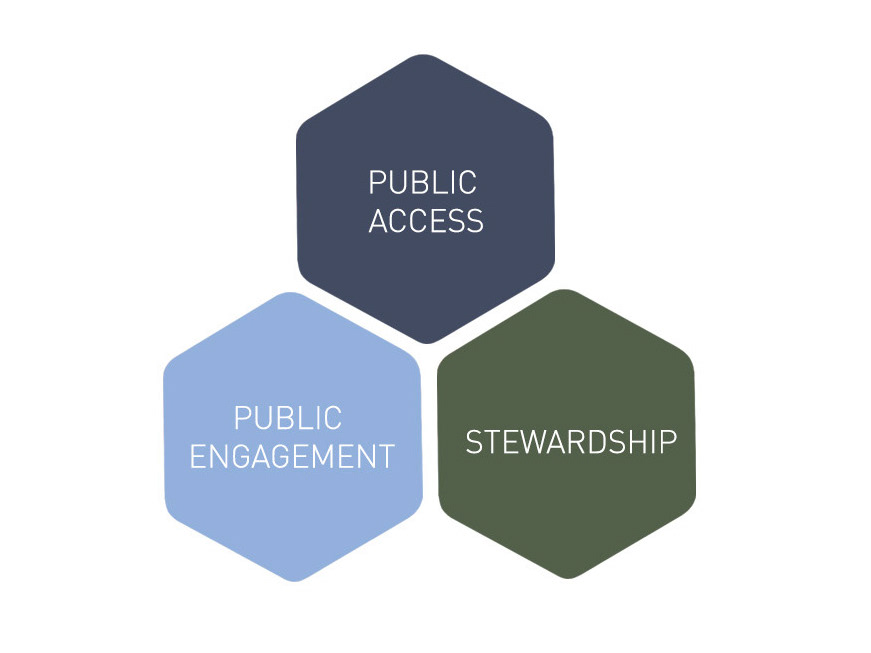
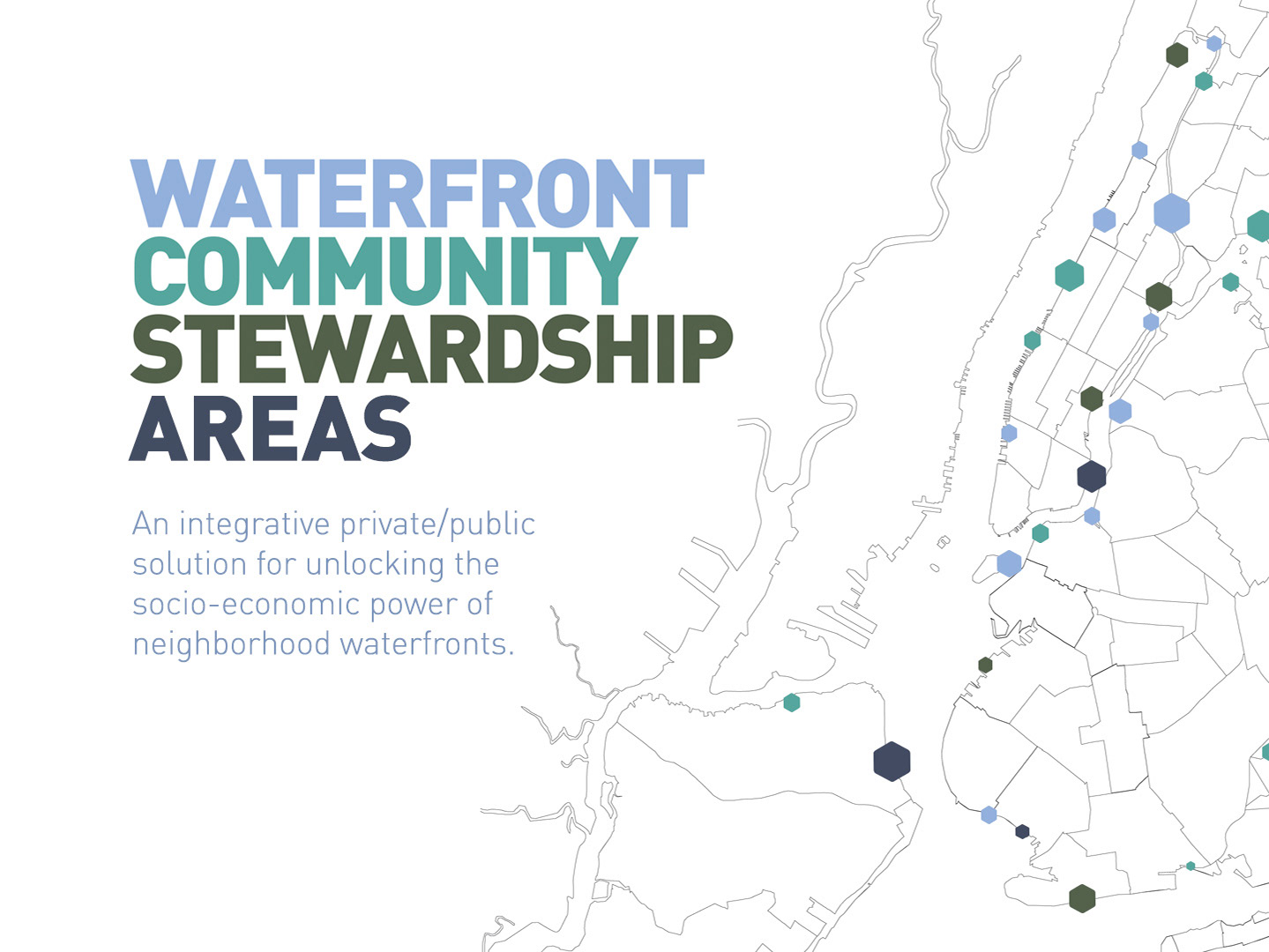
Waterfront Community Stewardship Areas
Can we reinvent the waterfront that made NYC great, as a place of community-based entrepreneurialism in step with todays environmental challenges?
Despite the efforts of various well-intentioned public agencies and private organizations, New York City’s 520 miles of waterfront are a largely untapped resource for both the city and its communities. This may seem counterintuitive, given the amount of investment we have seen into waterfront revitalization in the last 20 years. But in a city surrounded by water, why do we need to leave town to enjoy a living waterfront? Where is the flourishing neighborhood waterfront culture?
Policy Recommendation
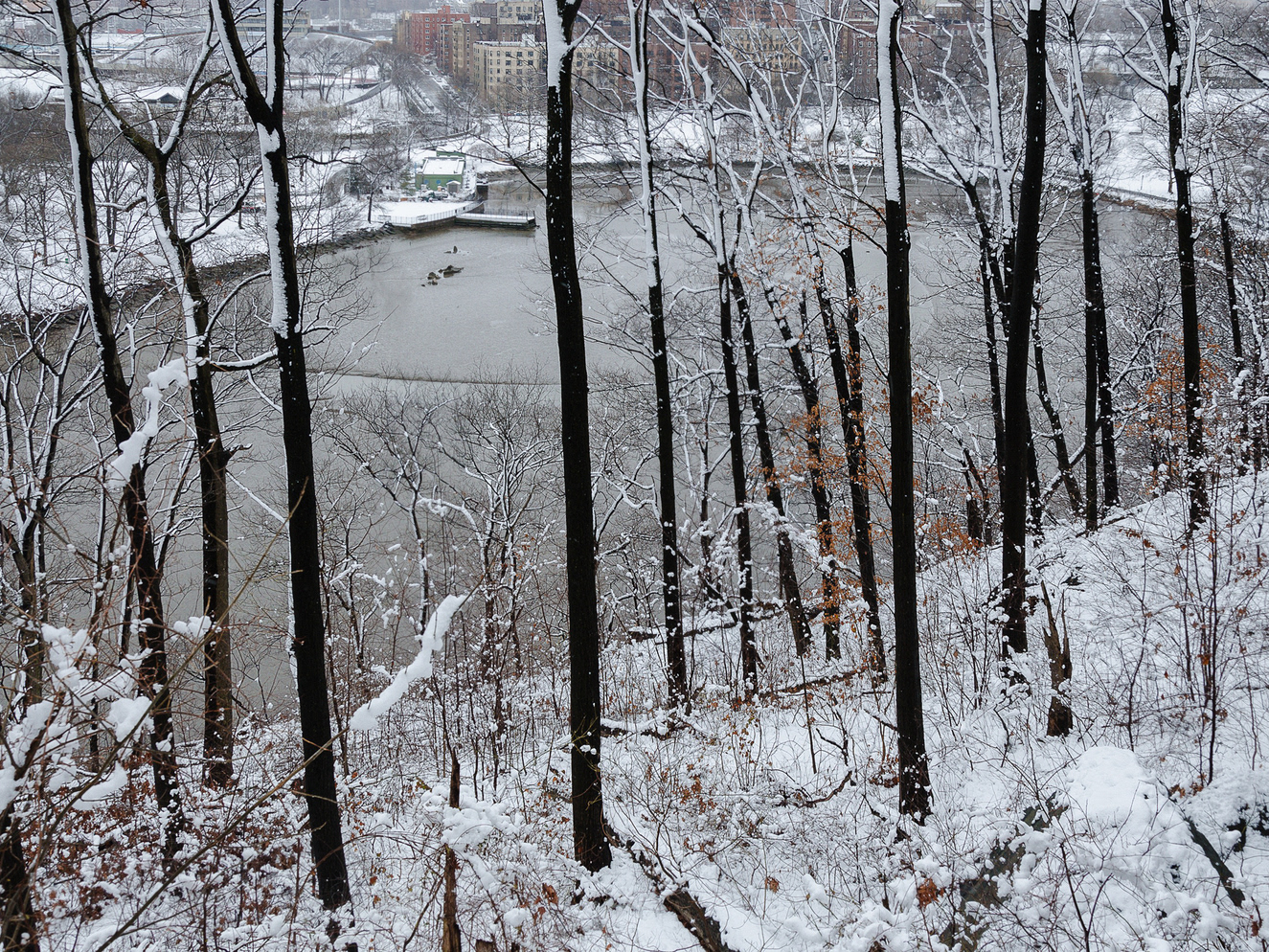
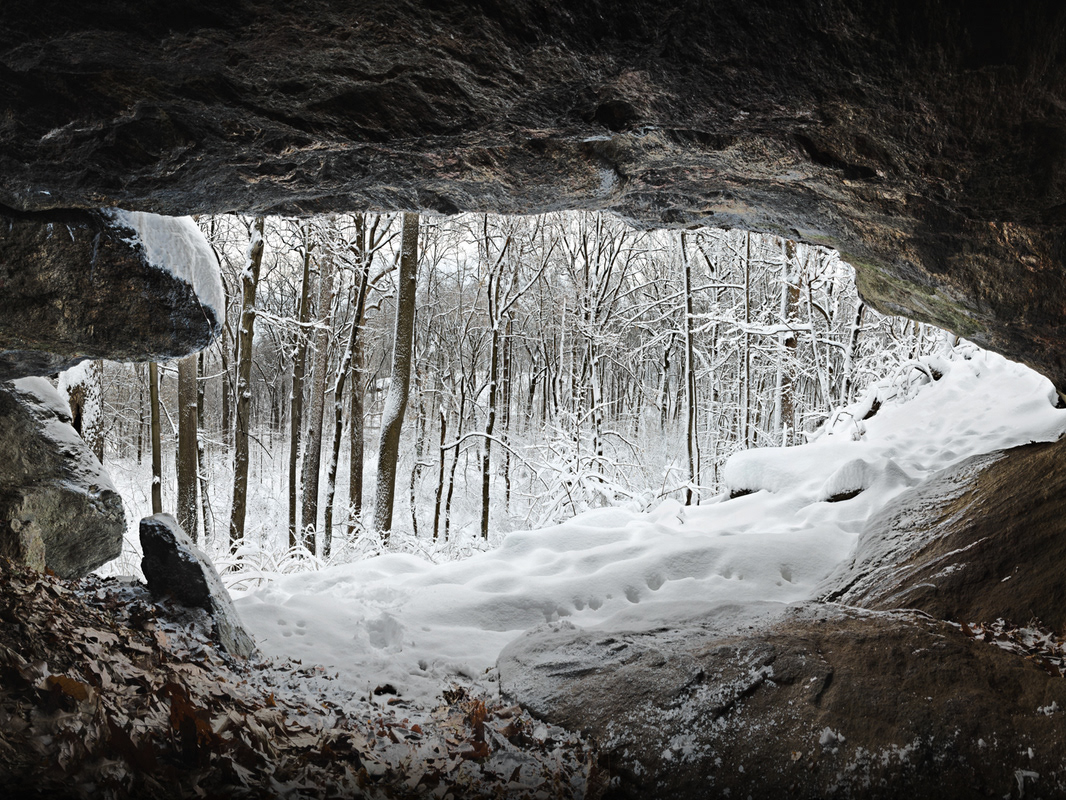
Inwood Hill in the Winter
By Jim Cole
The woods are frozen, snow turned to ice covering the forest floor. It is dusk. I am moving – tentatively – first one step, and then another, under the Clove’s forest canopy. This unique and important island of trees is a secret habitat defined by a clove-shaped ridge line that protects it from the city that surrounds it. Suddenly, I crash through the crust with a thud. The sound echoes off the stones and trees.
Photo: Cristóbal Vivar
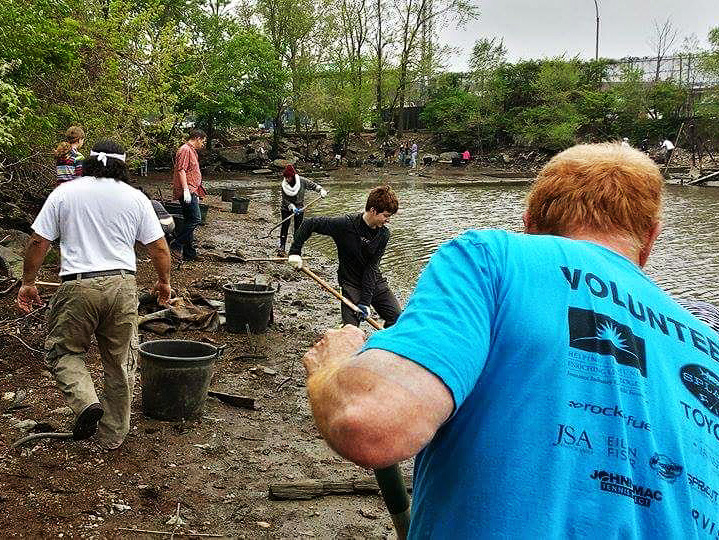

North Cove, Home of the Birdman
Founder of Manhattan Wetlands and Wildlife and NYS-licensed animal rehabilitator James Cataldi, the ‘Birdman of Inwood’, worked singlehandedly to clean North Cove for years before community members and church, school, and green groups joined him in his efforts.
